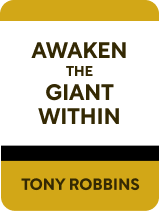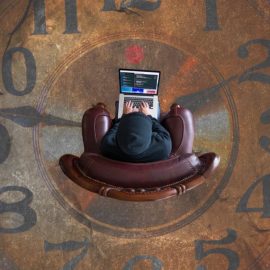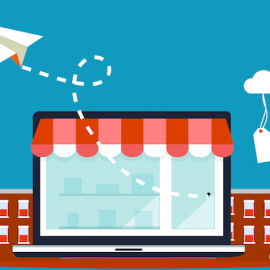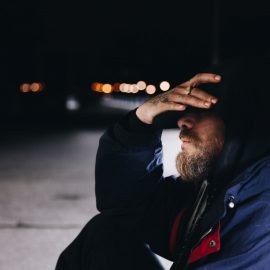

This article is an excerpt from the Shortform book guide to "Awaken the Giant Within" by Tony Robbins. Shortform has the world's best summaries and analyses of books you should be reading.
Like this article? Sign up for a free trial here .
What is Seligman’s learned helplessness theory? How can you overcome learned helplessness to improve your response to life’s difficulties?
When difficult things happen, it’s easy to respond with negativity. But this response can lead to learned helplessness, an emotional state where you can’t see a positive outcome. This is damaging because if you assume you’ll fail, chances are you will.
Find out how Seligman’s learned helplessness theory can help you overcome failure.
Seligman’s Learned Helplessness Theory, Explained
A potent and pervasive form of limiting belief is learned helplessness. Learned helplessness results from generalizing one or more failures into a global belief about your incompetence: You believe that nothing you could possibly do would make a positive difference. People who suffer from learned helplessness quickly give up when they face challenges because they assume they’ll fail, which prevents them from ever having the chance to succeed. Conversely, optimistic, high-achieving people find ways to overcome failure.
Psychologist Martin Seligman’s learned helplessness theory identifies three patterns of belief that support it:
- Permanence: People who persevere in the face of adversity see their problems as temporary, while people who suffer from learned helplessness perceive their challenges as permanent.
- Pervasiveness: People who persist despite obstacles see their challenges as specific to a particular area of their life, while people who feel helpless interpret the same challenges as pervasive or global. For example, the first type of person may acknowledge that she has a habit of overeating, while the second type of person generalizes this belief and thinks that he is a gluttonous and weak-willed person.
- Personal: People who carry on after failure believe that they need to change their approach in order to succeed in the future, while people who feel helpless assume that the problem is them.
The helplessness-driven beliefs are toxic, and their harmful effects compound when combined. If you face a challenge and perceive it to be both permanent and pervasive, the prospect of a better future looks bleak.
Begin to break the mindset of learned helplessness by finding something in your life that you can control, and then taking action to control it. The act of taking control of something in your life—instead of succumbing to helplessness—proves your power and efficacy and shows that you can make a positive difference. This can create momentum for further success and provide a reference for a more empowering belief.

———End of Preview———
Like what you just read? Read the rest of the world's best book summary and analysis of Tony Robbins's "Awaken the Giant Within" at Shortform .
Here's what you'll find in our full Awaken the Giant Within summary :
- How to make transformational changes to your life through small adjustments
- How you create your destiny every time you start a sentence with “I am…”
- Strategies to take control of your thoughts and emotions






